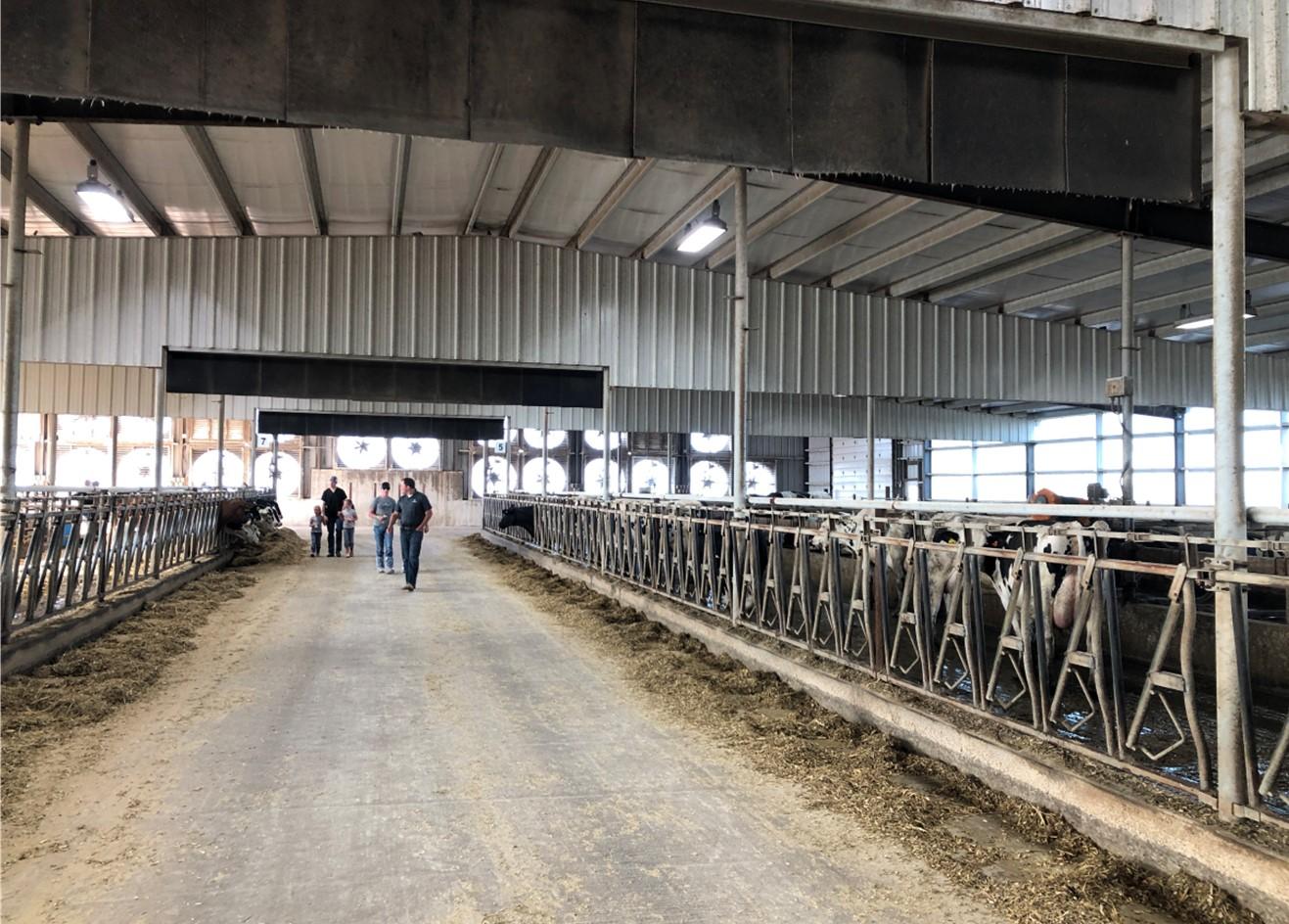Most dairy rations include mineral supplements to ensure basic mineral requirements are met. However, some additional mineral options exist such as cationic salts, anionic salts, and zinc methionine.
Cationic salts are supplements that contain higher levels of minerals, like potassium and sodium, to promote a positive dietary cation-anion difference. These salts are particularly useful in helping cows maintain their electrolyte balance during periods of heat stress. They also are important for regulating the metabolic acid-base status of cows during lactation, which can enhance milk production.
In contrast, anionic salts contain higher levels of minerals, like chloride or sulfur, to reduce the dietary cation-anion difference. These salts are frequently included in close-up or dry cow diets to help minimize milk fever after calving. They are NOT recommended for lactating diets.
Another mineral supplement that is frequently included in rations is zinc-methionine, an organic form of zinc that can promote immune function, reduce somatic cell count, and improve hoof health. This supplement can be particularly useful in herds experiencing issues with hoof health or high somatic cell counts.
